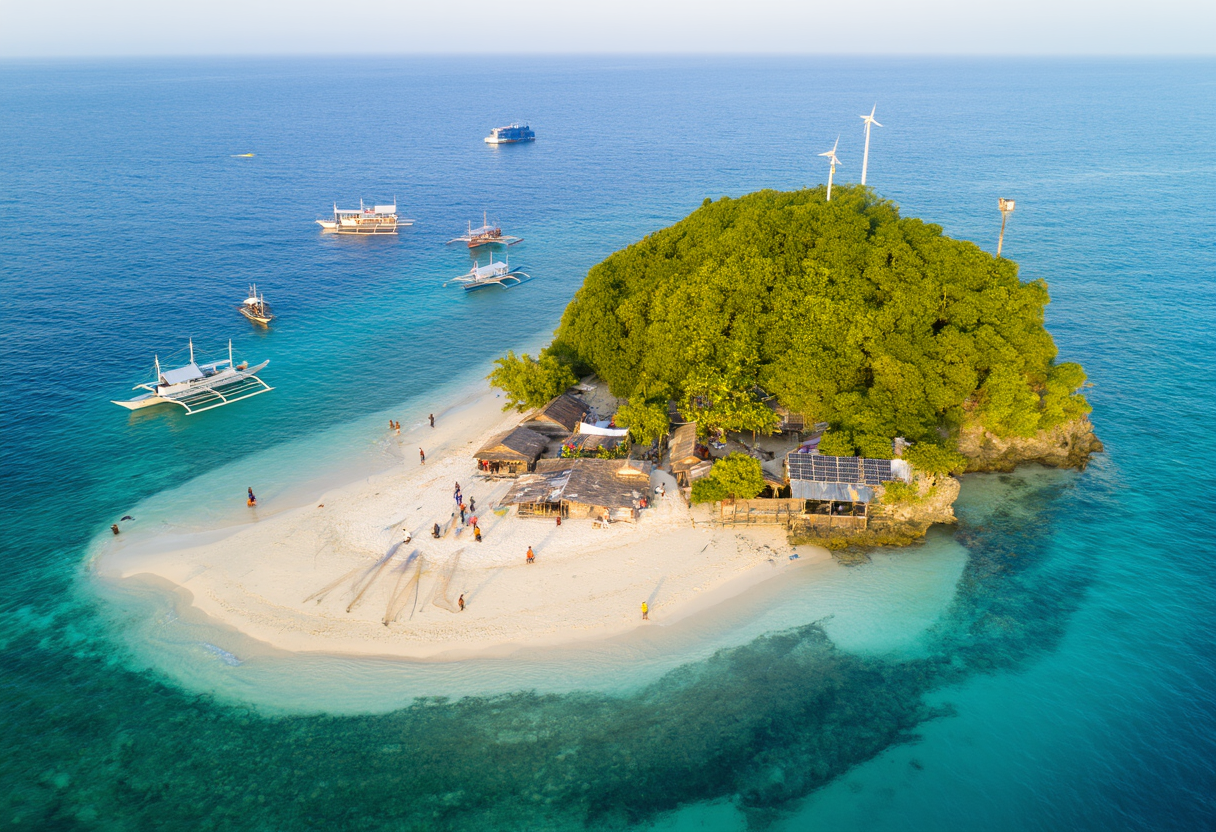Sustainable Development in Island Tourism: Challenges and Opportunities
As island tourism continues to grow, the need for sustainable development practices has become increasingly pressing. This article discusses the challenges faced by islands in balancing tourism growth with environmental conservation and cultural integrity. By examining innovative solutions, we can uncover opportunities to enhance the benefits of island tourism while mitigating its adverse effects. Understanding these dynamics is crucial for cultivating a vibrant and sustainable tourism industry that respects local communities and ecosystems.
Overview of Island Tourism's Growth
Island tourism has experienced exponential growth over the past few decades, driven by travelers seeking pristine beaches and rich cultural experiences. This surge presents both opportunities and challenges for island communities, often leading to significant changes in local economies and environments. As the tourism industry flourishes, it is essential to recognize the growing need for sustainable practices that can support both the influx of visitors and the well-being of local populations. Only then can these regions enjoy the benefits of tourism without compromising their unique attributes.
Environmental Impact and Sustainability Efforts
The environmental challenges associated with island tourism are vast, encompassing issues like habitat destruction, waste management, and resource depletion. The delicate ecosystems that characterize many islands are under pressure from the increased activities brought about by tourism. To combat this, several initiatives aimed at promoting sustainable tourism are being implemented. By prioritizing eco-friendly accommodations, waste reduction programs, and responsible travel practices, islands can work towards striking a balance between tourism growth and environmental protection. Implementing these strategies is paramount for preserving natural beauty and biodiversity.
Economic Diversification Beyond Tourism
While island tourism may be a primary economic driver, over-reliance on this sector can lead to vulnerabilities. Therefore, fostering economic diversification is essential for resilience in the face of fluctuating tourist numbers. Creating opportunities in areas such as agriculture, fishing, and technology can help local communities thrive even during off-peak seasons. By emphasizing the necessity of a diverse economy, islands can ensure that they remain sustainable in both economic and environmental terms, reducing pressures directly tied to tourism activities.
Community Engagement in Tourism Planning
A crucial aspect of sustainable island tourism is the involvement of local communities in tourism planning and development processes. This engagement empowers residents to voice their concerns and contribute to decisions that affect their lives. By fostering dialogue between tourists, local governments, and community members, islands can create tourism models that respect local customs while enhancing the visitor experience. Empowering communities not only leads to better alignment with local needs but also strengthens cultural preservation and social cohesion.
Innovative Solutions for Tourism Challenges
In the face of the myriad challenges associated with island tourism, innovative solutions are emerging that leverage technology and creativity. From digital marketing that promotes off-season travel to virtual reality experiences that tantalize future visitors, these strategies aim to distribute tourism more evenly throughout the year. Additionally, sustainable transportation options, such as electric water taxis and cycling tours, enhance the visitor experience while minimizing environmental footprints. By embracing innovation, islands can better navigate the complexities of tourism.
Conclusion: A Path Forward for Sustainable Island Tourism
To secure the future of island tourism, stakeholders must collaborate on sustaining both economic and environmental vitality. Fostering community participation, adopting innovative practices, and diversifying economies are essential strategies for navigating the intricate landscape of tourism. Ultimately, the goal is to cultivate a thriving tourism industry that respects and preserves the unique characteristics of each island, ensuring that future generations can enjoy the beauty and culture these regions have to offer.
